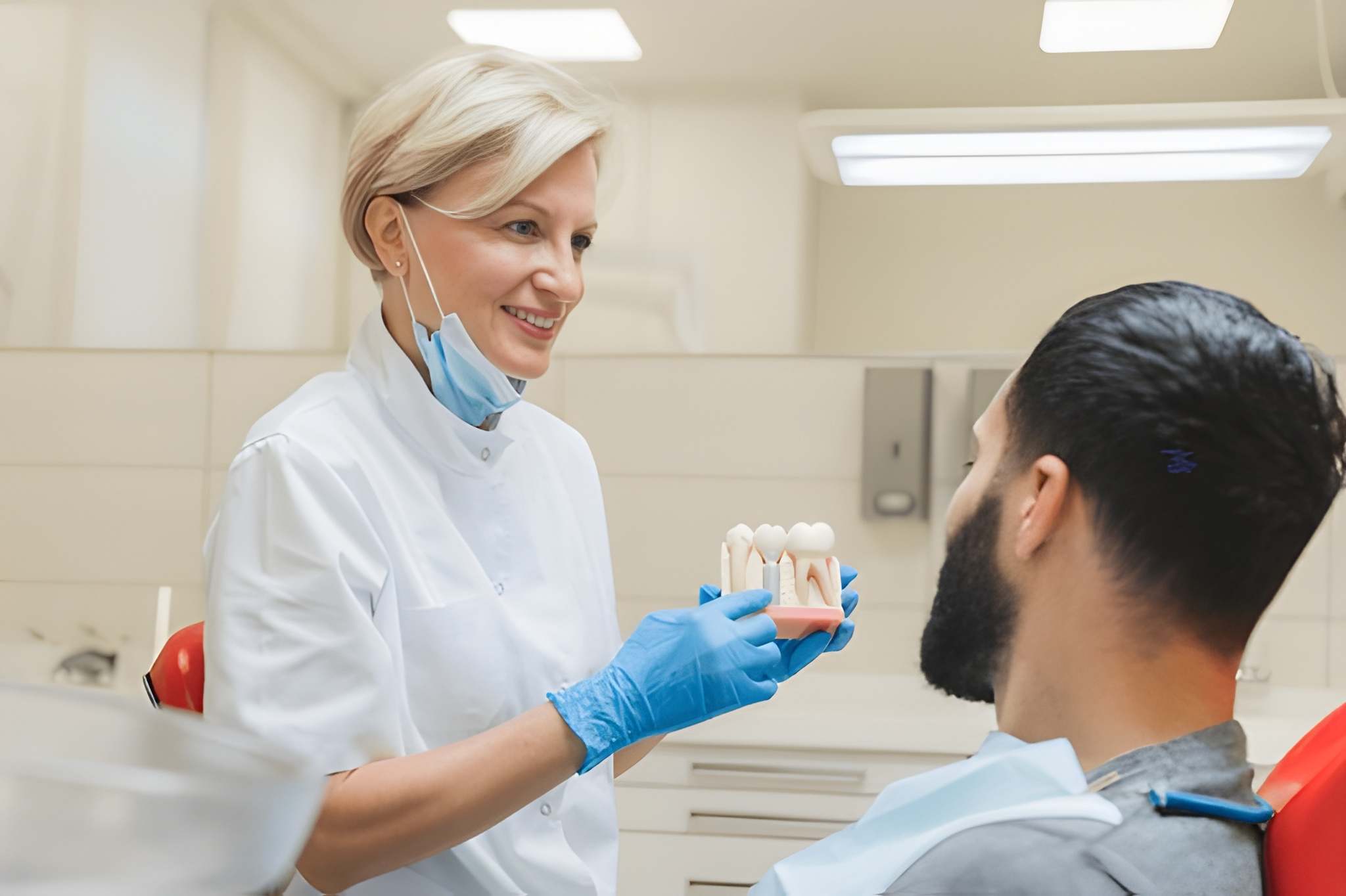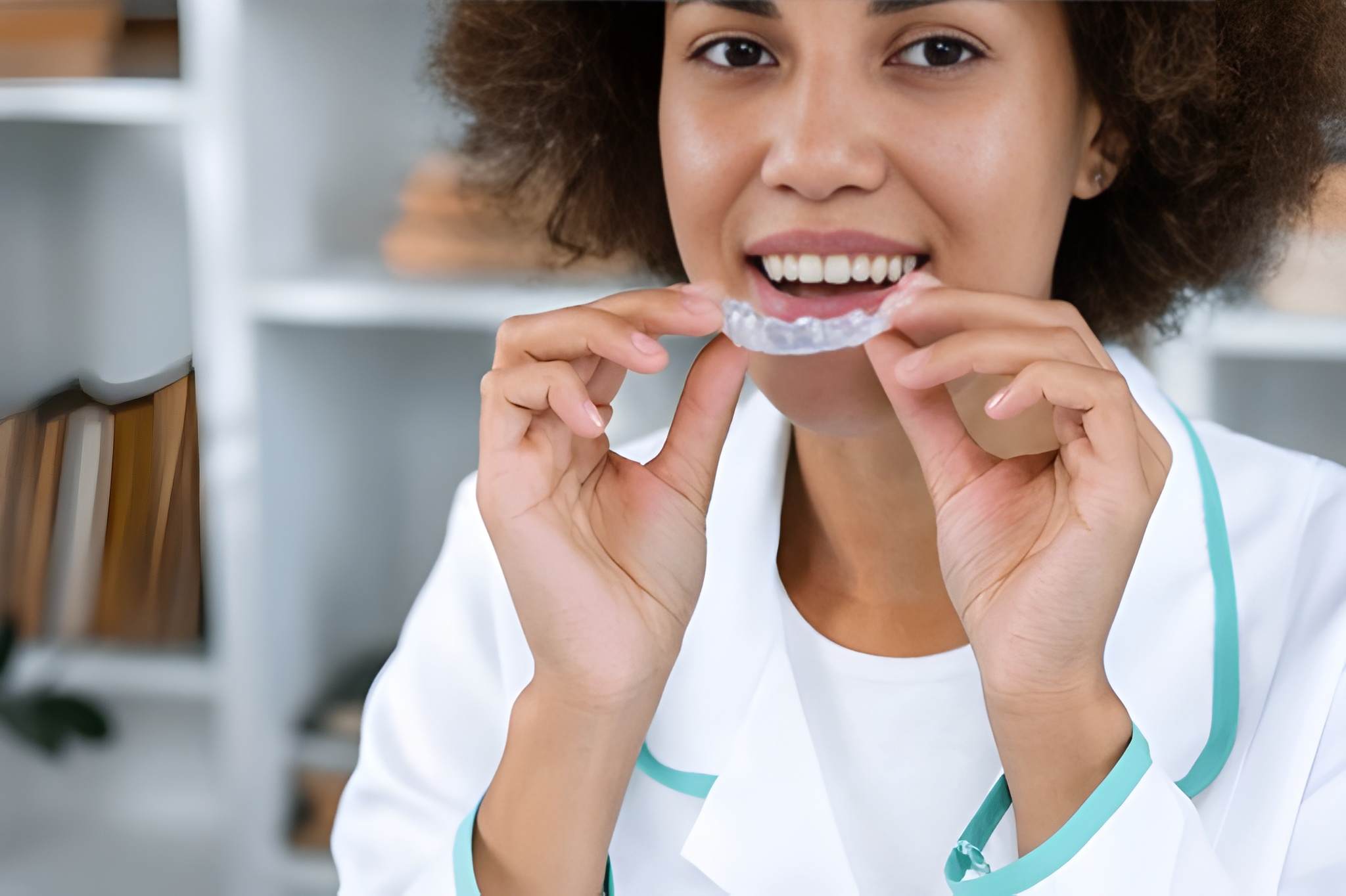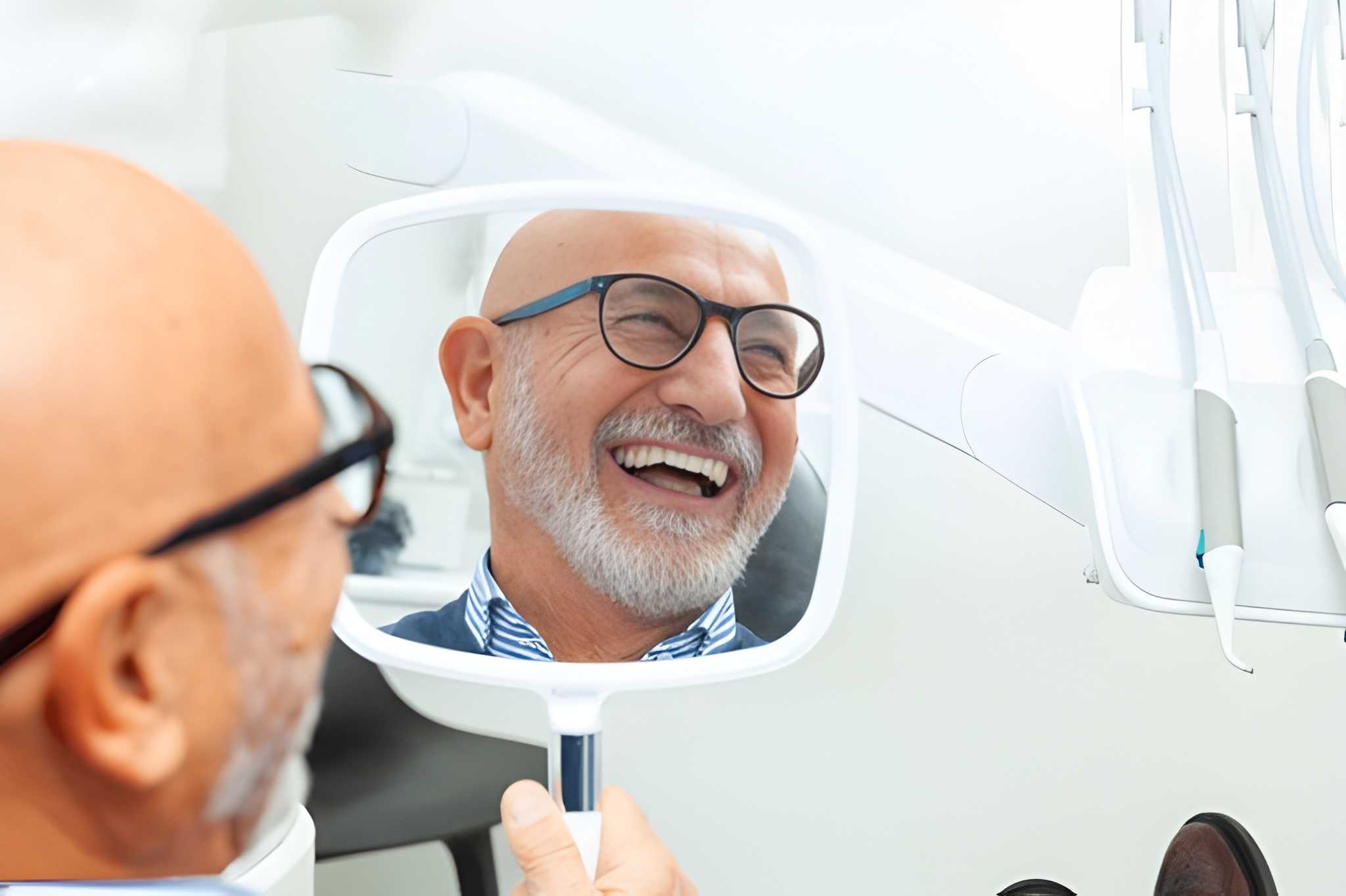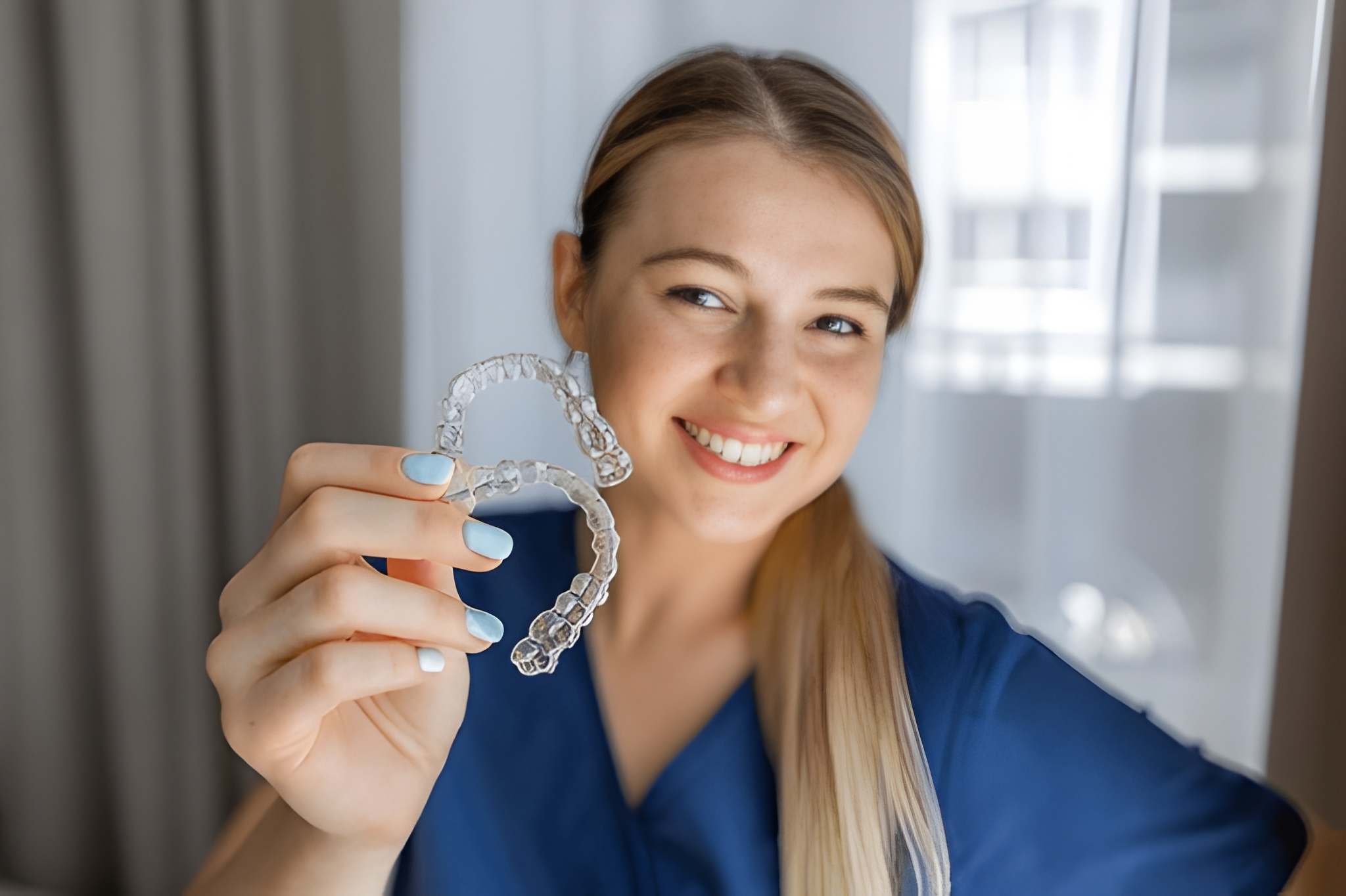Are you dreaming of a perfect smile but dread the thought of traditional braces? Invisalign might be the answer you’ve been looking for. With its nearly invisible aligners, Invisalign offers a discreet and comfortable way to straighten your teeth. Let’s dive into what makes Invisalign a popular choice and how Invisalign results can help you achieve that confident, radiant smile.
What is Invisalign?
Definition and Background
Invisalign is a modern orthodontic treatment that uses a series of custom-made, clear plastic aligners to gradually move your teeth into their desired position. Developed in the late 1990s, Invisalign has revolutionized the field of orthodontics, offering a more aesthetic and convenient alternative to traditional metal braces.
How Invisalign Works
The Invisalign process begins with a digital scan of your teeth, which is used to create a 3D model. This model helps design a series of aligners specifically tailored to your dental structure. Each set of aligners is worn for about two weeks, gently shifting your teeth until they are perfectly aligned.
Invisalign treatment starts with a high-tech digital scan of your teeth using an advanced intraoral scanner. This non-invasive procedure quickly captures precise images of your teeth from multiple angles, creating an accurate and detailed 3D digital model. This model is crucial as it forms the foundation for your entire treatment plan. Unlike traditional impressions that can be uncomfortable and imprecise, digital scans are quick, easy, and provide superior accuracy.
Benefits of Invisalign
Aesthetic Appeal
One of the biggest advantages of Invisalign is its clear design, making it virtually invisible. Unlike metal braces, Invisalign aligners are barely noticeable, allowing you to smile with confidence throughout your treatment.
Comfort and Convenience
Invisalign aligners are made of smooth plastic, reducing the risk of irritation often caused by metal brackets and wires. Additionally, they are custom-fitted to your teeth, ensuring a comfortable fit.
Removable Aligners
The ability to remove your aligners is a significant convenience. You can take them out to eat, drink, brush, and floss, maintaining your regular oral hygiene routine without any hassle.
Invisalign vs. Traditional Braces
Appearance
Traditional braces are highly visible, with metal brackets and wires that can affect your appearance. Invisalign aligners, on the other hand, are clear and much less noticeable.
Comfort Level
Metal braces can cause discomfort due to the brackets and wires, which can poke and irritate the inside of your mouth. Invisalign aligners are smooth and comfortable, significantly reducing this issue.
Treatment Duration
While the duration of treatment varies depending on individual cases, Invisalign often provides faster results compared to traditional braces. However, the exact time frame will depend on the complexity of your dental issues.
The Invisalign Treatment Process
Initial Consultation
Your journey with Invisalign begins with an initial consultation with an orthodontist or dentist trained in Invisalign treatment. During this visit, your dental professional will assess your suitability for Invisalign and discuss your treatment goals.
Customized Treatment Plan
A detailed treatment plan is then developed using a 3D model of your teeth. This plan outlines the movements of your teeth and provides an estimate of the treatment duration.
Receiving Your Aligners
Once your aligners are ready, you’ll receive your first set along with instructions on how to wear and care for them. You will typically change to a new set of aligners every two weeks.
Regular Check-ups and Adjustments
Throughout your treatment, you’ll have regular check-ups with your orthodontist to monitor your progress and make any necessary adjustments. These visits are crucial to ensure that your treatment stays on track.
What to Expect During Treatment
Daily Wear and Care
For the best results, Invisalign aligners should be worn for 20 to 22 hours a day. You can remove them for eating, drinking (except water), and brushing your teeth.
Dealing with Discomfort
It’s normal to experience some discomfort when you start wearing a new set of aligners. This is usually a sign that your teeth are moving as they should. Any discomfort typically subsides within a few days.
Maintaining Oral Hygiene
Maintaining good oral hygiene is essential during your Invisalign treatment. Brush and floss your teeth after every meal to prevent food particles from getting trapped in your aligners.
Common Concerns and Misconceptions
Is Invisalign Painful?
While some discomfort is to be expected, Invisalign is generally less painful than traditional braces. The smooth plastic aligners are designed to be gentle on your gums and cheeks.
Can Invisalign Fix Severe Orthodontic Issues?
Invisalign can treat a wide range of dental issues, including overcrowding, gaps, and certain bite problems. However, very severe cases might still require traditional braces or other treatments.
Invisalign for Teenagers
Invisalign is also an excellent option for teenagers. Invisalign Teen aligners come with compliance indicators to help ensure they are worn as prescribed. They also allow teens to maintain their lifestyle and self-confidence.
Invisalign Results: Real Patient Experiences
Before and After Stories
Many patients have achieved remarkable results with Invisalign Before and after photos can be incredibly motivating, showcasing the dramatic transformations that are possible.
Testimonials from Satisfied Patients
Hearing from those who have undergone the treatment can provide reassurance and insight. Many patients praise Invisalign for its comfort, convenience, and effectiveness.
How Long Does It Take to See Results?
Average Treatment Duration
On average, Invisalign treatment takes about 12 to 18 months. However, some patients start noticing improvements within a few weeks of starting their aligners.
Factors Affecting Treatment Time
The duration of your treatment will depend on the complexity of your dental issues, your adherence to wearing the aligners as prescribed, and your specific treatment plan.
Post-Treatment Care
Retainers and Their Importance
After completing your Invisalign treatment, you’ll need to wear retainers to keep your teeth in their new positions. Retainers are crucial to prevent your teeth from shifting back.
Maintaining Your New Smile
Continue practicing good oral hygiene and visiting your dentist regularly. This will help maintain the health and appearance of your newly aligned smile.
Cost of Invisalign Treatment
Factors Influencing Cost
The cost of Invisalign treatment varies depending on several factors, including the complexity of your case and the specific treatment plan recommended by your orthodontist. On average, Invisalign treatment cost in the UK can range from £2,500 to £5,500. However, this price may be higher or lower depending on your individual needs and the location of the dental practice. It’s essential to consult with your orthodontist for a personalized quote and to discuss any financing options that may be available to you.
Insurance and Financing Options
Many dental insurance plans cover Invisalign treatment. Most providers offer financing options to help make the treatment more affordable.
Invisalign for Adults vs. Teenagers
Differences in Treatment Approach
While the fundamental process is the same, there are some differences in how Invisalign is approached for adults versus teenagers. For teens, special features like compliance indicators are included to ensure they wear their aligners as required.
Specific Considerations for Teenagers
Teenagers may have unique dental needs, such as the eruption of new teeth, which are taken into account in their treatment plan. Invisalign Teen is designed to adapt to these changes.
Potential Side Effects and How to Handle Them
Common Side Effects
Some common side effects include temporary discomfort, slight lisping, and increased saliva production. These typically subside as you adjust to wearing the aligners.
Tips for Managing Side Effects
Staying hydrated, practicing speaking with your aligners in, and following your orthodontist’s care instructions can help manage these side effects effectively.
Choosing the Right Invisalign Provider
What to Look for in a Provider
Choose a provider with extensive experience in Invisalign treatment. Look for positive reviews, before-and-after photos, and a consultation that makes you feel confident in their expertise.
Questions to Ask During Consultation
Ask about their experience with Invisalign, the expected duration of your treatment, and how they handle potential issues during the treatment. Ensure they provide a clear outline of costs and financing options.
Conclusion
Invisalign offers a modern, comfortable, and discreet way to achieve a perfect smile. With numerous benefits over traditional braces, it’s no wonder that more and more people are choosing Invisalign to enhance their dental health and appearance. If you’re considering orthodontic treatment, take the first step towards your dream smile with Invisalign.
FAQs
How often do I need to wear my aligners?
For optimal results, wear your Invisalign aligners for 20 to 22 hours a day. Only remove them for eating, drinking, brushing, and flossing.
Can I eat and drink with Invisalign?
You should remove your aligners when eating or drinking anything other than water. This prevents staining and damage to the aligners.
How do I clean my aligners?
Clean your aligners daily using a soft toothbrush and mild soap. Avoid using toothpaste as it can be abrasive and scratch the plastic.







